Antique Om Vel Muruga Diya
RM75.00 Original price was: RM75.00.RM65.00Current price is: RM65.00.
This artifact is a traditional Hindu oil lamp, specifically a Diya or Vilakku, that is rich in symbolism related to Lord Murugan (Kartikeya/Subramanya), a major deity worshipped primarily in South India. The “antique” look is achieved through the brass material and possibly a traditional or intentional patina/darkening, giving it an aged, deep golden finish.
Care Instructions: Use traditional lamp oil (like sesame oil or ghee) and cotton wicks. Wipe down after use. Regular cleaning with a tamarind paste or lemon mixture helps preserve the natural luster of the brass.
Availability: 10 in stock
- Material: The Diya is crafted entirely from brass (Pital), which is considered an auspicious metal for religious rituals in Hinduism. The finish is a matte or slightly distressed gold, contributing to its “antique” designation.
- Structure (The Vilakku): The lamp is a small, freestanding piece composed of two main parts:
- The Base/Stand (Chowki): A small, pedestal-style base with decorative grooves that provides stability.
- The Oil Bowl (Deepam/Diya): A shallow, round bowl on the stand, designed to hold oil (like sesame or ghee) and a cotton wick (thiri). The front of the bowl often features a small projection for resting the wick.
- The Backplate (The Visual Focus): This is the most significant part, rising vertically from the back of the oil bowl, and containing the sacred symbolism:
The design is a powerful visual synthesis of three key symbols associated with Lord Murugan.
The central, ornate, and swirling pattern is a stylized representation of the sacred syllable Om, often rendered in a traditional South Indian or Tamil script style.
Om is the primordial sound of the universe, representing universal consciousness and spiritual reality.
The Vel is Lord Murugan’s divine weapon and is prominently featured as the vertical shaft that passes through the Om symbol and rises to the top.
The Vel symbolizes divine wisdom (Gnana Vel), protection, and the power to destroy ignorance, delusion, and evil. The flame of the Diya, when lit, symbolically emanates from the Vel, signifying the light of true knowledge.
The Peacock (Mayil), which is Lord Murugan’s celestial vehicle (vahana), is incorporated into the lower sides of the backplate.
-
- In the close-up image, the Peacock’s head is clearly visible on the left side, with its body and ornate, textured tail feathers forming the base curves on both sides of the Om symbol.
- Significance: The Peacock is often seen as a symbol of beauty, pride, and the ability to conquer ego (as Murugan sits upon it).
| Material | Brass |
|---|
Related Products
-
-
Pooja Items
18 inches (1 Feet) – Divine Brass Murugan Vel with Dismantleable Stand
RM168.00Original price was: RM168.00.RM158.00Current price is: RM158.00. -
Diya
7-Inch Brass Om Vel Vilakku Diya (Deep Agal)
RM98.00Original price was: RM98.00.RM88.00Current price is: RM88.00. -
Arumuga Vilaku
5-Inch Brass Om Vel Mayil Arumuga Vilakku (Six-Wick Diya)
-
-
Arumuga Vilaku
6 Inches Divine Brass Arumuga Vel Arch Vilakku | Murugan’s Six-Faced Lamp for Protection & Wisdom
RM138.00Original price was: RM138.00.RM128.00Current price is: RM128.00. -
Arumuga Vilaku
7 Inches Brass Arumuga 6-Face Om Vel Vilakku (Big Size) – Lord Murugan Deepam Oil Lamp
RM98.00Original price was: RM98.00.RM95.00Current price is: RM95.00. -
Diya
Om Vel Diya Muruga Encrafted
RM88.00Original price was: RM88.00.RM78.00Current price is: RM78.00.
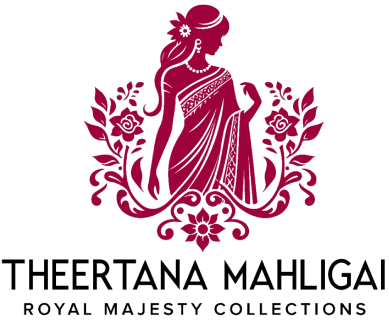

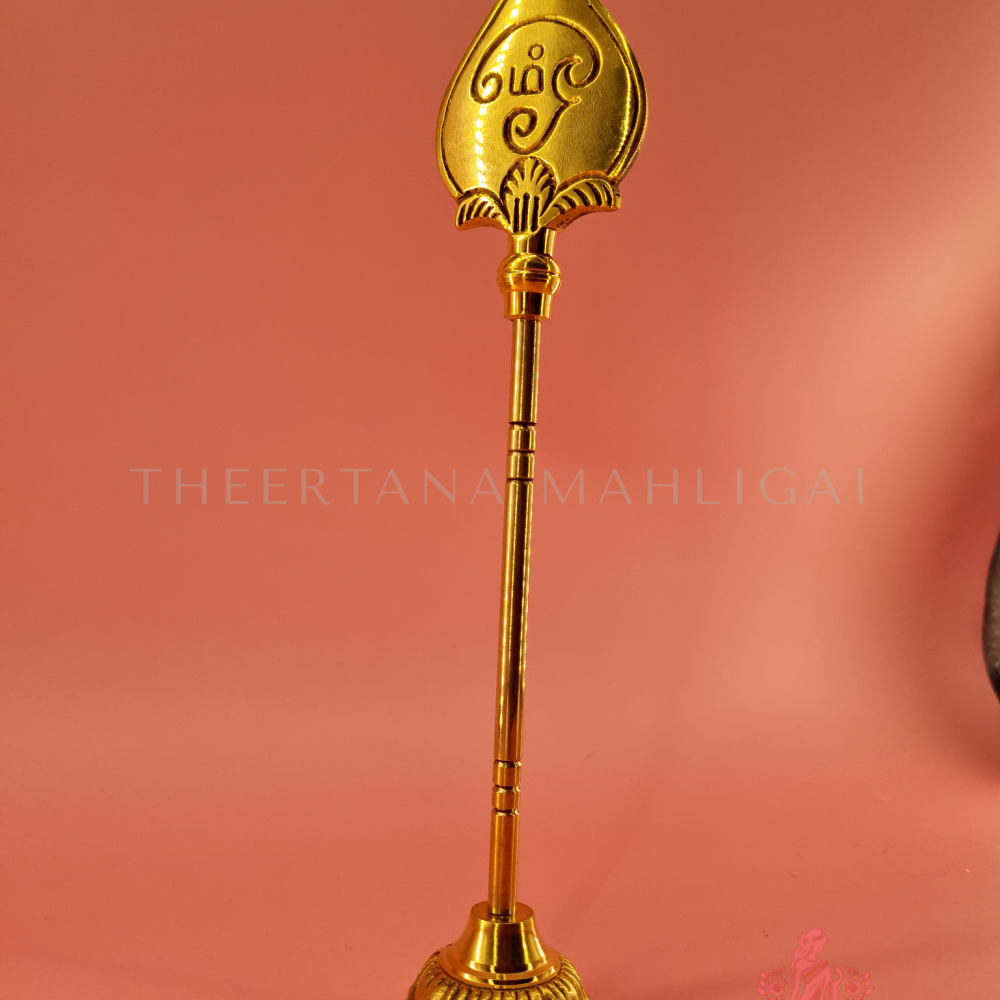
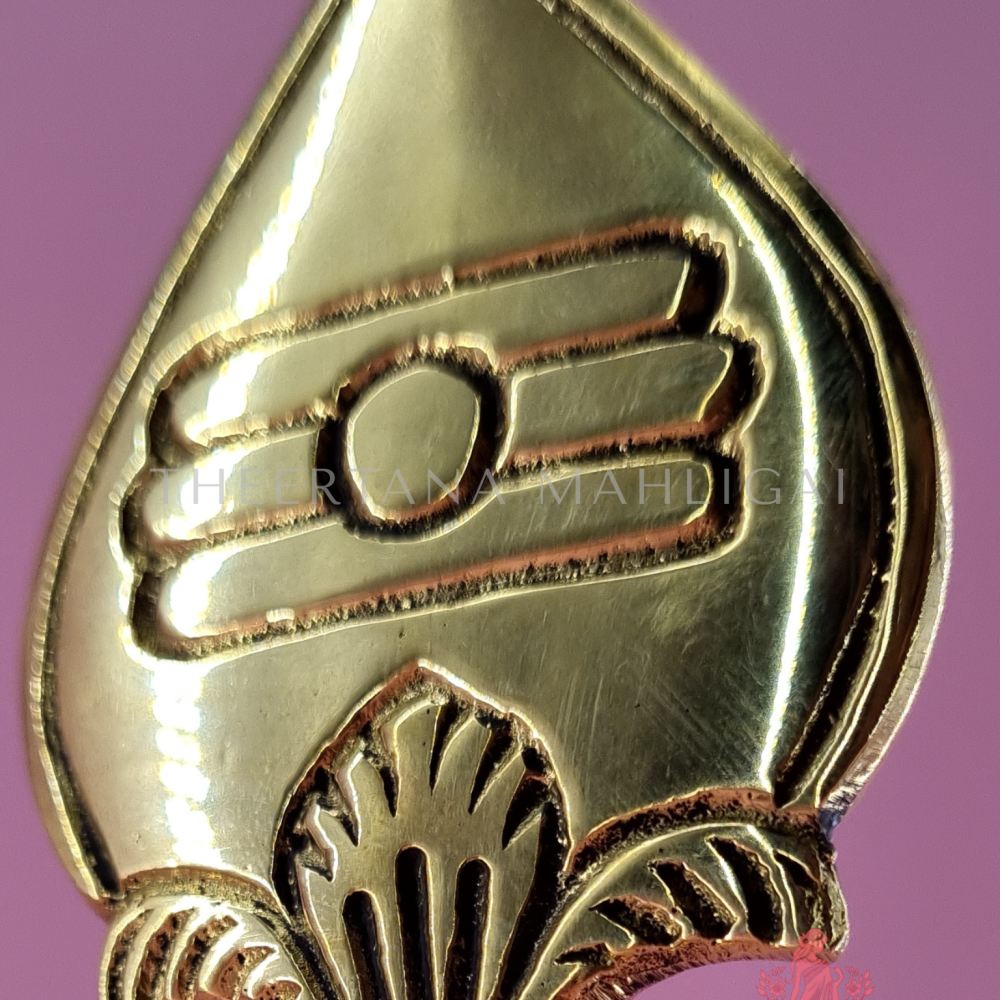
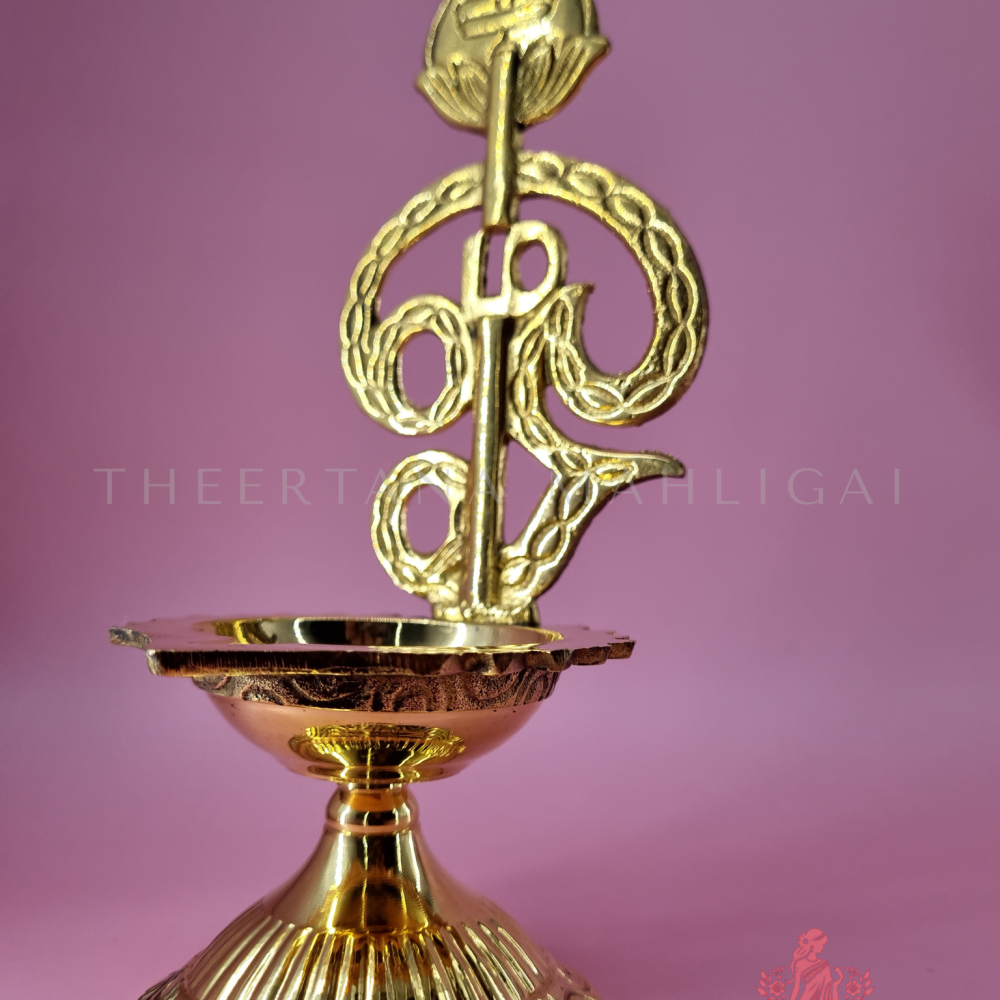
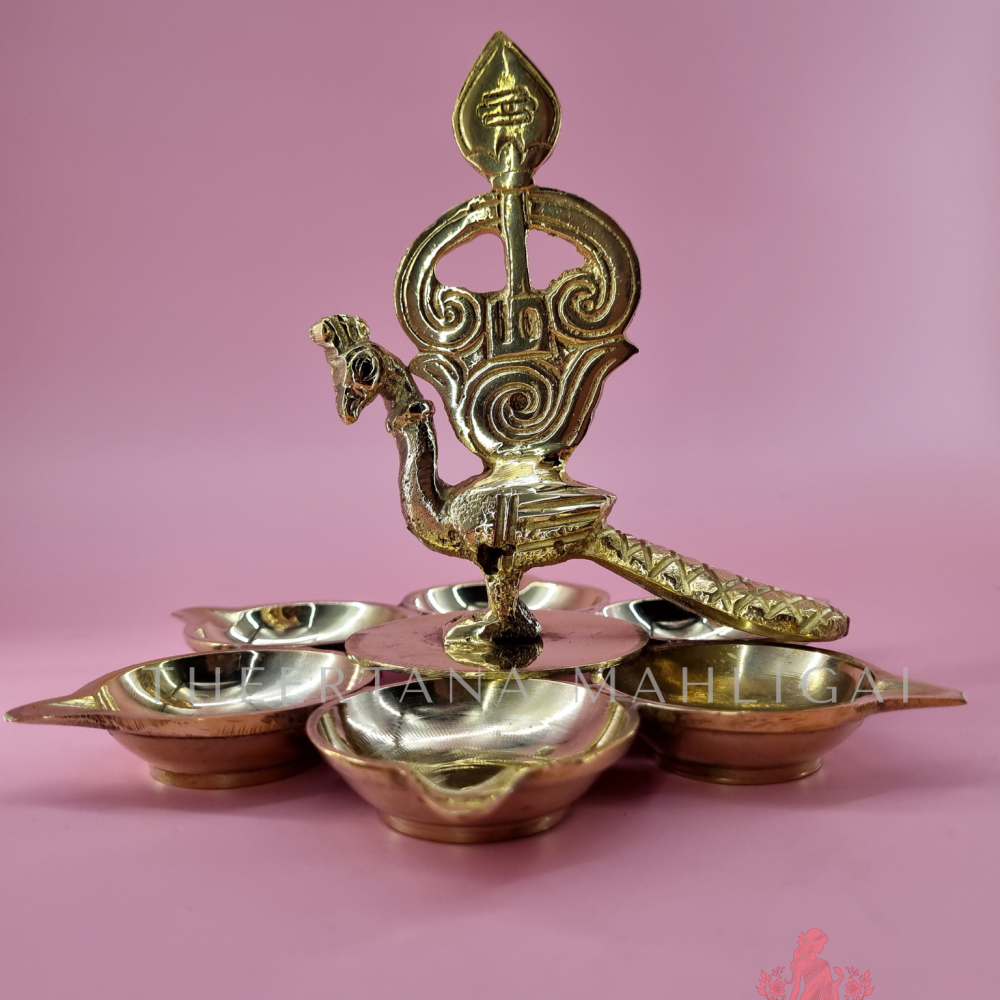
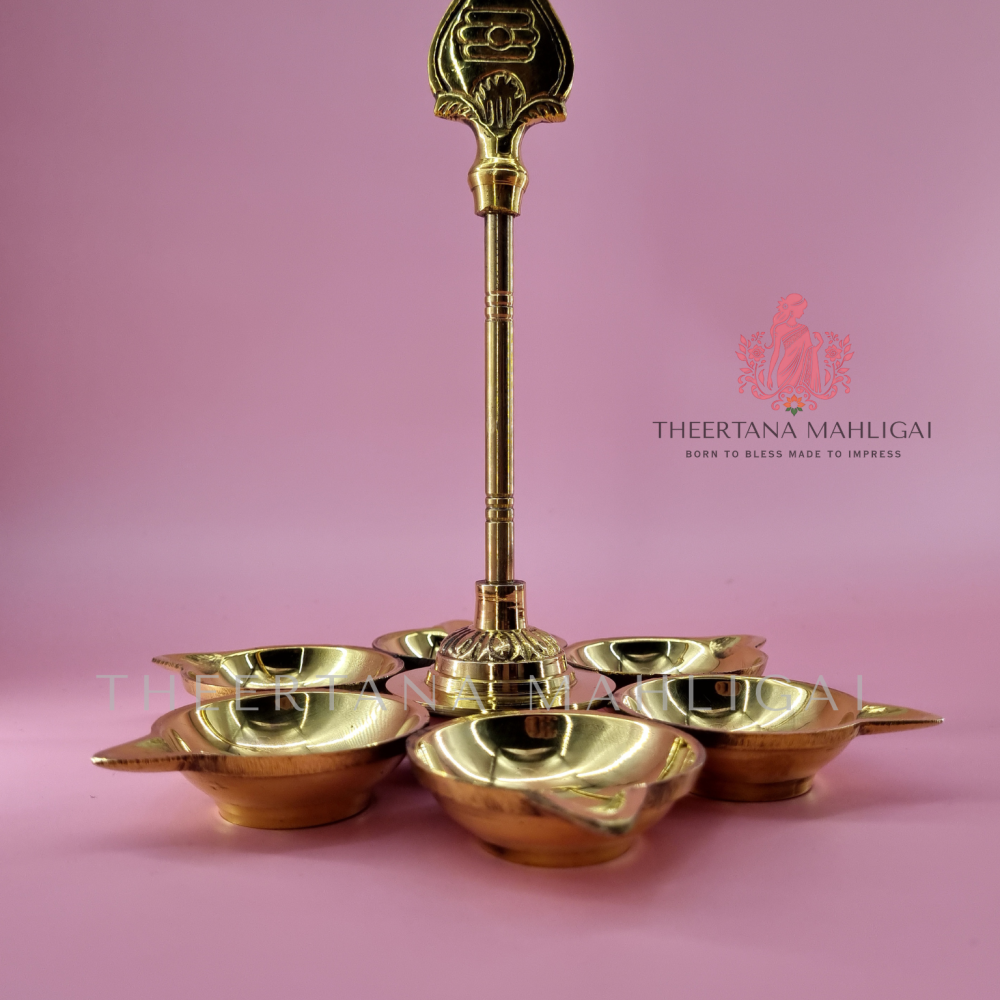
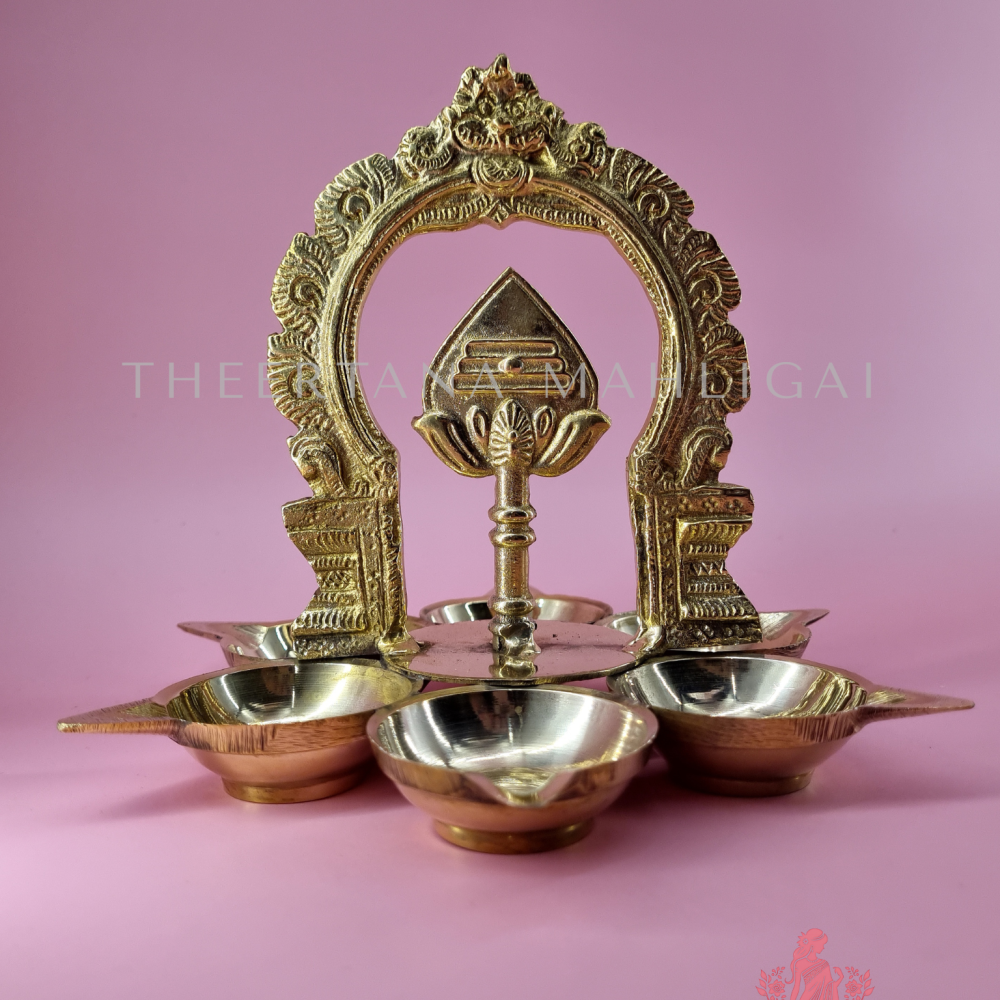
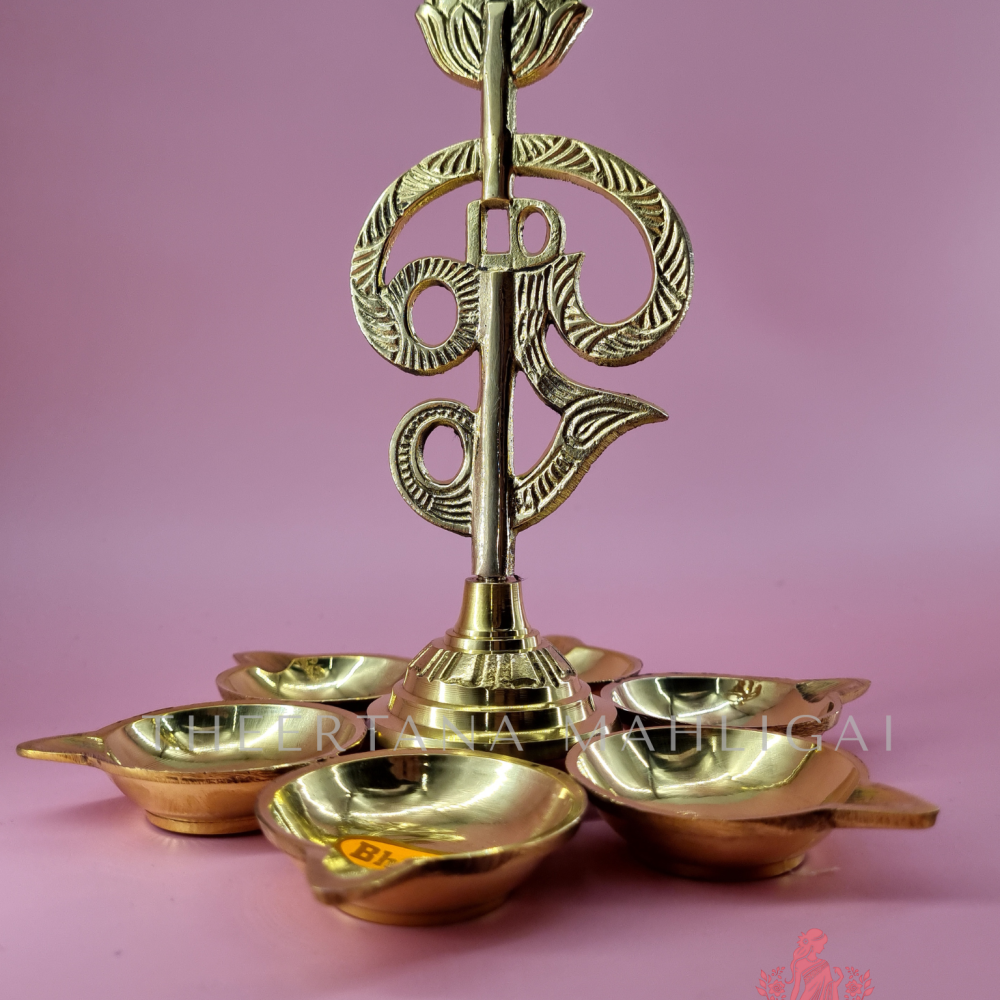
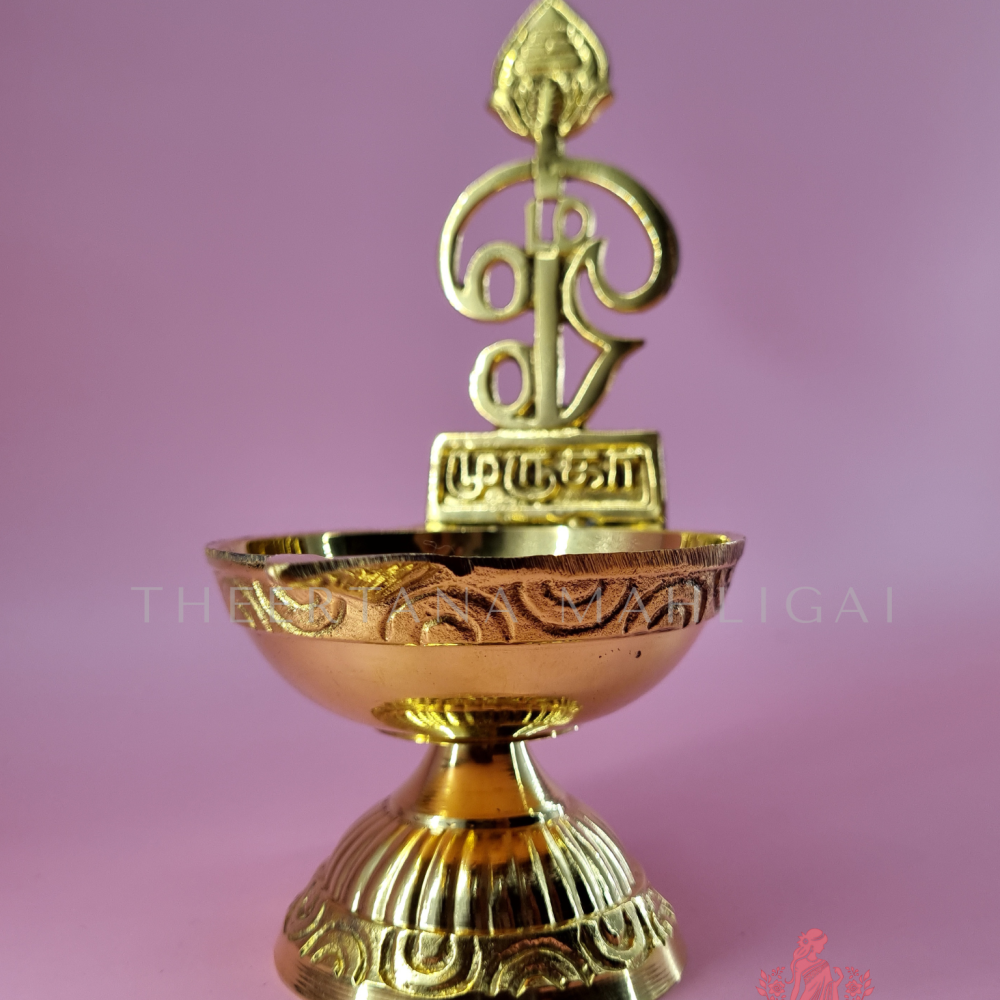

Reviews
There are no reviews yet.